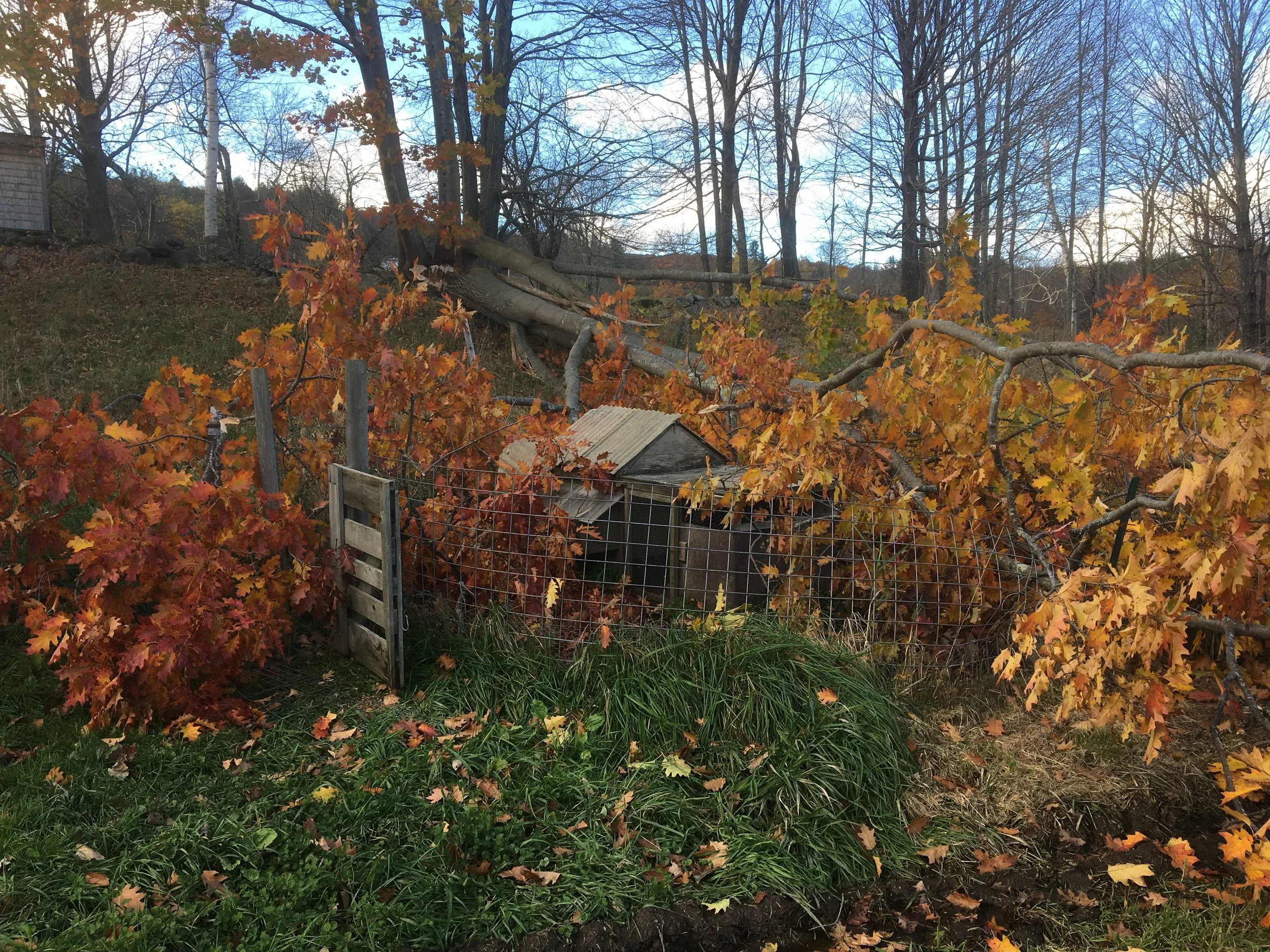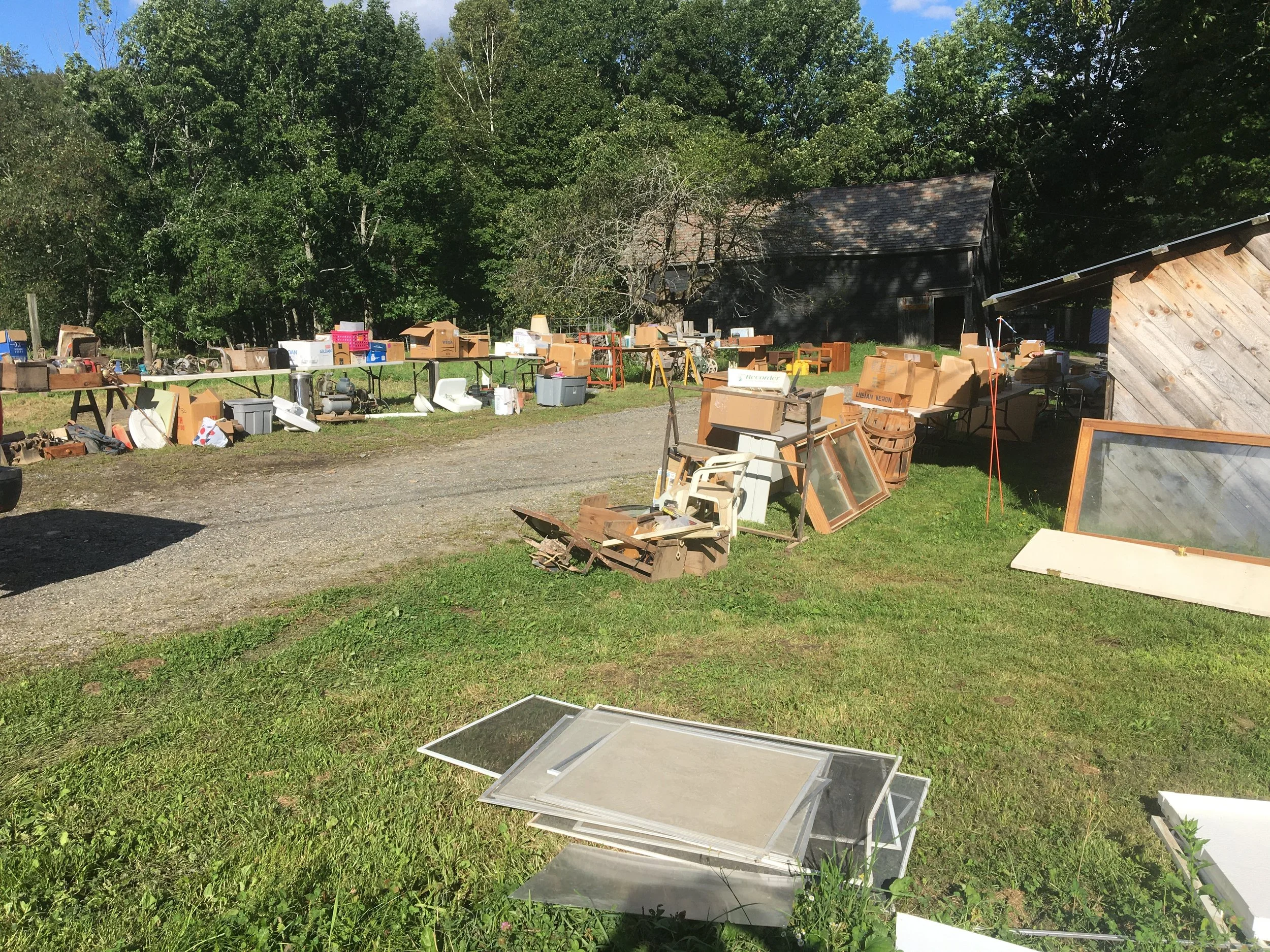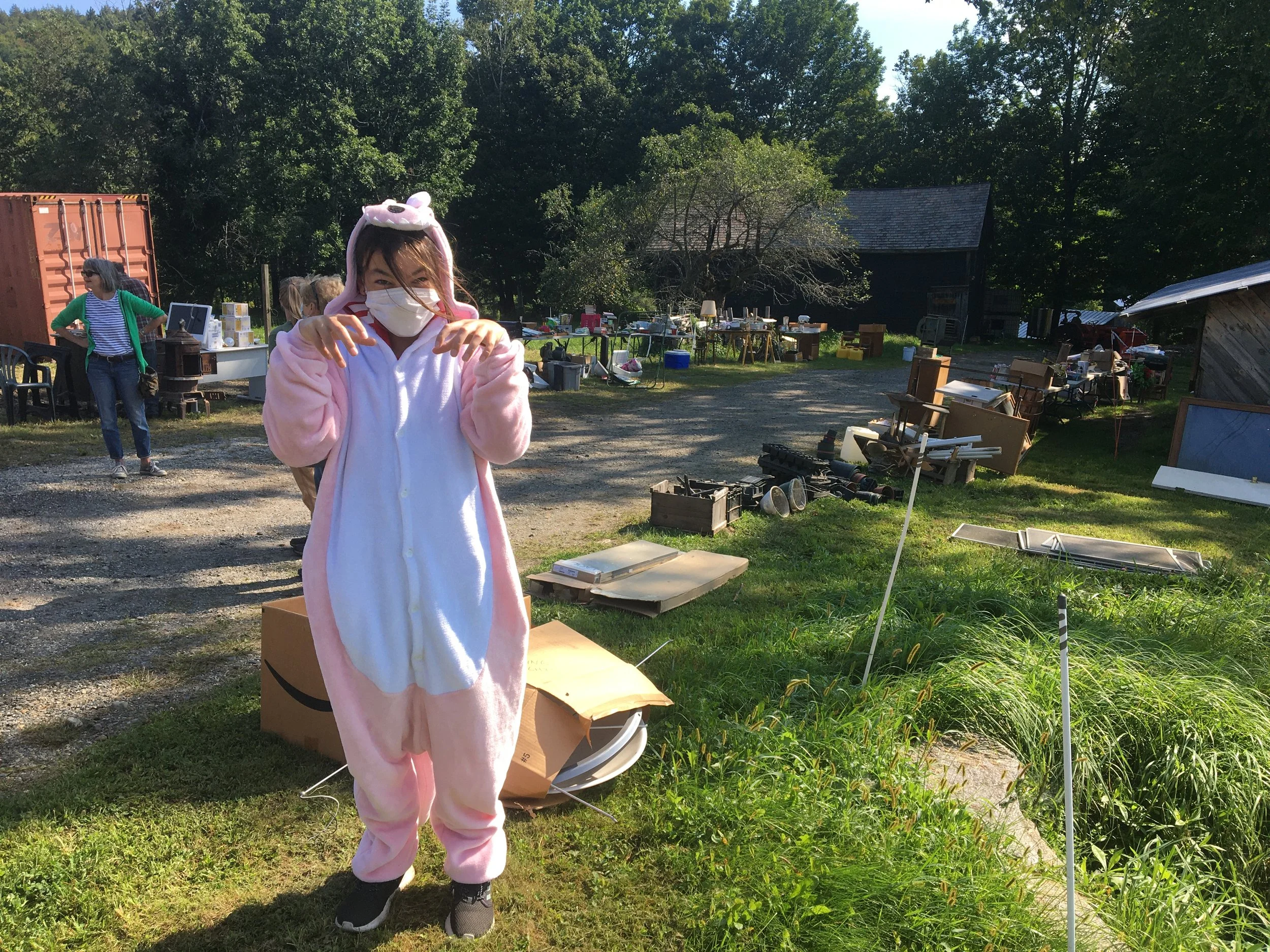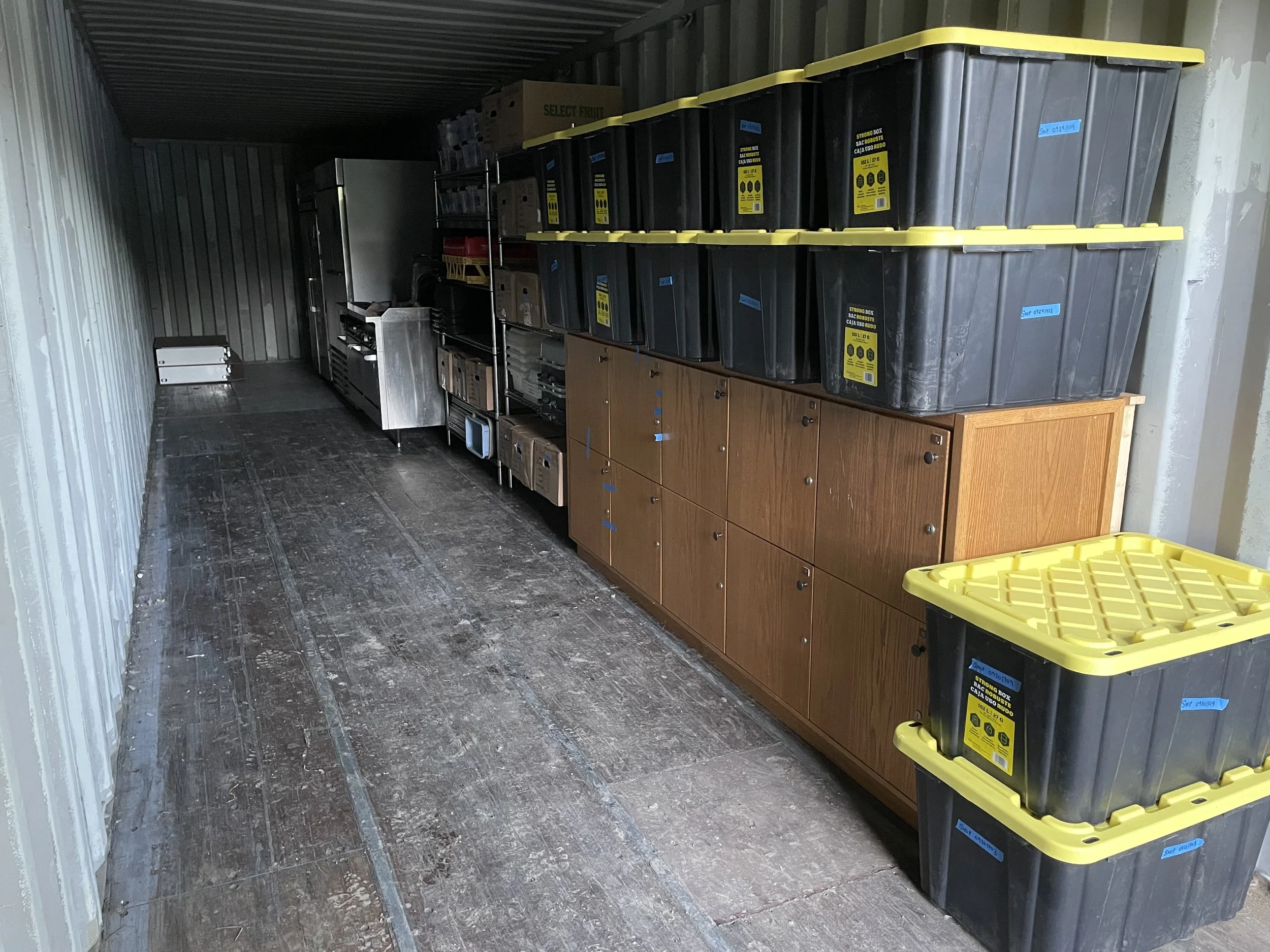Timber Frame Raising
/This week, the big timber frame that is the program dining space is being raised up. It is a spectacular piece of workmanship and is a direct tie to our agricultural roots and the history of farming. Timber frame style of building dates back as far as 200 BC, and is method of joining large pieces of timber without the need for metal hardware. Our big red barn, built in 1907, is a timber frame structure that is held together primarily by wooden pegs.
Hardwick Post and Beam from Hardwick, MA took large beams of wood and cut them all by hand to create the pieces needed to build our program building. Each bent (the “slice” of the building) is pre-assembled at the shop to drill holes for the pegs and to tweak the fitting to make sure it is exact. The bent is then disassembled and packaged for travel to the farm.
This week all the packages arrived along with a large crane. Using the crane, the crew from Hardwick re-assembled each bent. The middle bents are made up of a triangular piece called a truss. This truss sits on top of two posts and is then linked to the other bents with timbers. Each truss in this structure weighs about 5,000 lbs! The end bents each weigh about 6,000 lbs with their four corresponding posts.
The crane was just strong enough to hoist the end bent on the far side - reaching the boom over the entire building footprint to set it in place on top of the foundation. The building is tied into the foundation with both threaded rods that stick up into the bottom of each post, and also strapping that is locked into the concrete and nailed to the back of each vertical post. This is far more attachment than our old barn which has been simply sitting on a stone foundation for over 100 years!




































